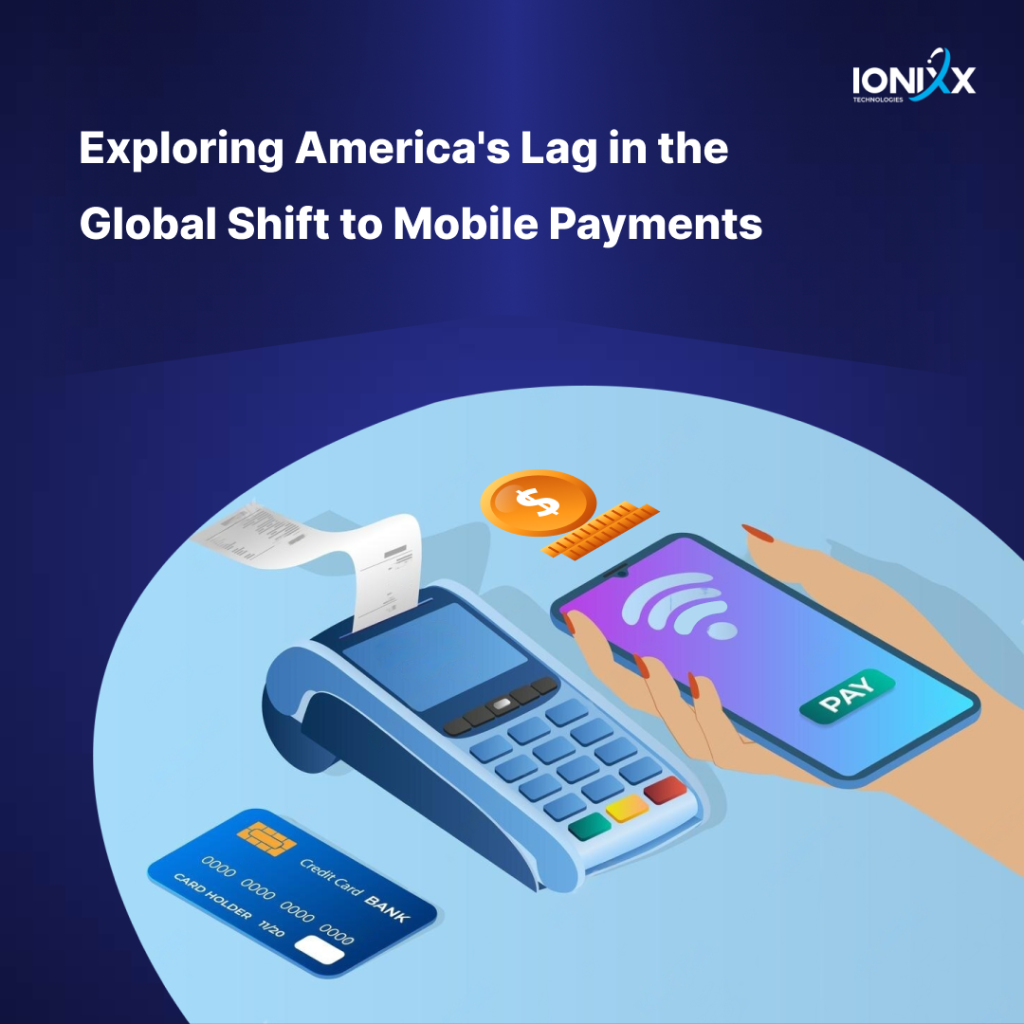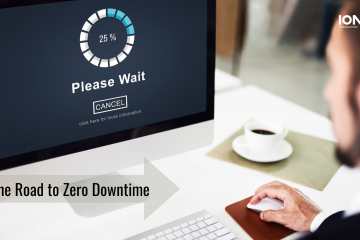
Catching up with an old college buddy visiting India from the U.S. after 5 years became more than just a trip down memory lane—it sparked an intense curiosity in me, driving me to obsessively explore the stark differences in mobile payment adoption between India and the US.
I took this as a perfect opportunity to dig deeper into this intriguing subject, initiating an in-depth investigation to find plausible explanations.
Here’s some context.
On our day’s outing, every time I zipped through a transaction on my mobile — be it in paying for an Uber ride, a street-side vendor for a tender coconut drink, or at a fancy retail clothing outlet — my friend remarked how deeply entrenched mobile payments were in our daily lives in India. No fumbling for change, no riffling through notes—just a tap, a QR scan, a beep, and the transaction is done.
India’s success story with digital transformation for payments offers a telling narrative. What started as a demonetization measure to cull out fake currency and black money from the economy seemed to have set the stage for a more radical transformation — almost acting as a precursor for a cashless economy. In a recent press interaction in Nigeria, co-chairing the 6th India-Nigeria Joint Commission Meeting (JCM), India’s EAM Jaishankar made an interesting observation —
“India does as many cashless transactions in 30 days as the US does in 3 years.”
This raises an important question —
- Why hasn’t the US embraced the digital payments trend as widely, despite being a technology superpower?
While there are several dedicated Quora threads discussing the topic at length with conjectures rooted in cultural biases, fact-packed opinions, and other logical theories; through this blog — I aim to dig beyond the surface purely as an avid Fintech enthusiast, further spurred by an academic background in International Relations.
Security and Privacy Concerns
Skepticism Stemming from Inadequate Security Protocols
Typically, Americans are pretty protective of their banking details and are even reluctant to give any entity free access to their accounts. An average American chooses cash or credit card for making payments as they believe that it offers a stronghold to maintain anonymity and keep their information truly private without handing heaps of data to the corporations that make a buck off their receipts—or worse, to hackers, in the case of a data breach. Under the Gramm-Leach-Bliley Act of 1999, companies can sell customer financial data to just about anyone they choose. Consumers, then, have no privacy under federal regulations unless they take steps to opt out of that data-sharing with every company that might have their information. Mind you, there is an entire data-brokering industry that wants the data that comes from consumers’ financial records.
Security and privacy therefore act as major hurdles in the adoption of digital payment methods in the US. As reported by McKinsey, despite a clear trend towards digital payment adoption, nearly half of consumers either haven’t heard of contactless payments or remain uninterested, with security concerns being a significant factor in their reluctance.
Underscoring this aspect, several cities like Philadelphia, San Francisco, and New York have recently passed legislation banning merchants from accepting only card and contactless payments.
Only when there are more vital security protocols and privacy safeguards at a federal level will consumers trust enough to turn to digital payment platforms, despite the overrated trump card of convenience. Safety incentives are a better draw than convenience in convincing consumers to change.
Absence of Real Consumer Demand & Technological Integration As A Deterrent
Many consumers in the US are accustomed to using traditional payment methods, such as cash and credit cards with magnetic stripes. Changing consumer behavior takes time, and some Americans may be hesitant to adopt new payment technologies. As it is, there’s already quite a bit of infrastructure investment into introducing new payment systems. Therefore, it isn’t so surprising that merchants are holding back until the demand is sufficiently high.
As for user experience, the US has lagged in creating a user-friendly environment for tap-and-go payments. Consumers often find it cumbersome to set up contactless payments as it typically involves purchasing a compatible device, setting it up, and verifying it with their bank, which can be a deterrent.
The issue is compounded by the fact that many vendors do not actively promote their contactless payment capability (Near-field communication or NFC) at the point of sale, leaving consumers to seek out these options themselves.
The rarity of contactless-enabled cards for the average consumer also poses a problem, as they are often only available to those with high credit limits, and mobile wallets have yet to become a mainstay in the market.
Despite these challenges, the infrastructure for contactless payments in the US is steadily getting readied. With big players like CitiBank issuing co-branded contactless Visa cards and the successful rollout of Google Pay and Apple Pay systems in New York’s Metropolitan Transportation Authority (MTA) in 2019, there’s potential for an increase in consumer adoption.
Major Tech Overhauls Mired in Other Complexities
As Clay Christensen described in his book The Innovator’s Dilemma, it is almost always organizational factors that create significant obstacles to the adoption of new, disruptive technologies.
There are quite a lot of financial institutions and retailers in the US, which makes adopting any new technology costly and challenging. With it being such a daunting and large undertaking and not really all that different from the swipe/chip cards, no one is really rushed to go all out on a mass rollout of payment-related technologies.
Additionally, the resistance to implementing newer payment technology solutions is deep-seated in the monopoly game of key players (Visa and Master Card) across the credit card eco-system in maintaining the status quo.
Cultural and Systemic Barriers
Cash isn’t just a payment method in the US; it’s woven into the cultural fabric, serving roles that go beyond mere transactions. It’s more a medium for tipping service providers beyond the mainstream of formal transactions and a bearer of traditions, as seen in various cultural practices where cash gifts hold significant value. These societal layers add complexity to the idea of transitioning entirely to digital. Having a physical object of value like cash is key to these practices. If cash dies, so too could these traditions. And, of course, there’s the question of resilience with technology and its vulnerabilities, and that’s where cash serves as both a crucial financial instrument and a safety net
My exploration led me to a Reddit thread, replete with more interesting observations within the cultural context.
One user attributes it to being a wholly generational thing.
“As a generation, my parents and some of my older coworkers act like using mobile payments, either through Apple Pay or PayPal, is as daunting as learning a new language. They also seem to have a distrust of the systems.”
Too many processing systems and poor UX
Another Reddit user pins it down to the use of multiple transaction processing systems or the lack of a unified payment interface, making it a complicated mess as every single card transaction follows a different processing protocol.
“Some swipe, some tap, some need the pin, some don’t. Some need a swipe and signature, some need a swipe and pin. It’s easier just to use your card by that point. It’s just not intuitive. Until there’s some standardization, I can’t see how you make it more widespread.”
An emotional connection to cash and traditional payments
“I like cash and I see no need for the government to interfere in what form of money I use to buy goods and services. Cash is King, let’s keep it that way! I have transacted with silver and gold before, .. and I felt like Ron Swanson from Parks & Recreation.”
My Two Cents
Change is likely on the horizon for payment systems in the US, but not in the cookie-cutter way it rolled out in India simply because of starkly different contexts.
So, what exactly are we likely to see?
- If contactless payments are to take off successfully at scale, the first step would be to beef up laws and legislative measures that directly address issues concerning the safeguarding of consumer financial information.
- Secondly, a hard look at fintech bigwigs like Mastercard and Visa may be long due. For real innovation within the payments ecosystem to flourish, we need rules that don’t just favor the big players but nurture the smaller underdogs too. It’s about creating a balance where competition is fierce but fair, allowing startups and smaller companies a fair shot at making their mark, by offering an actual level-playing field.


